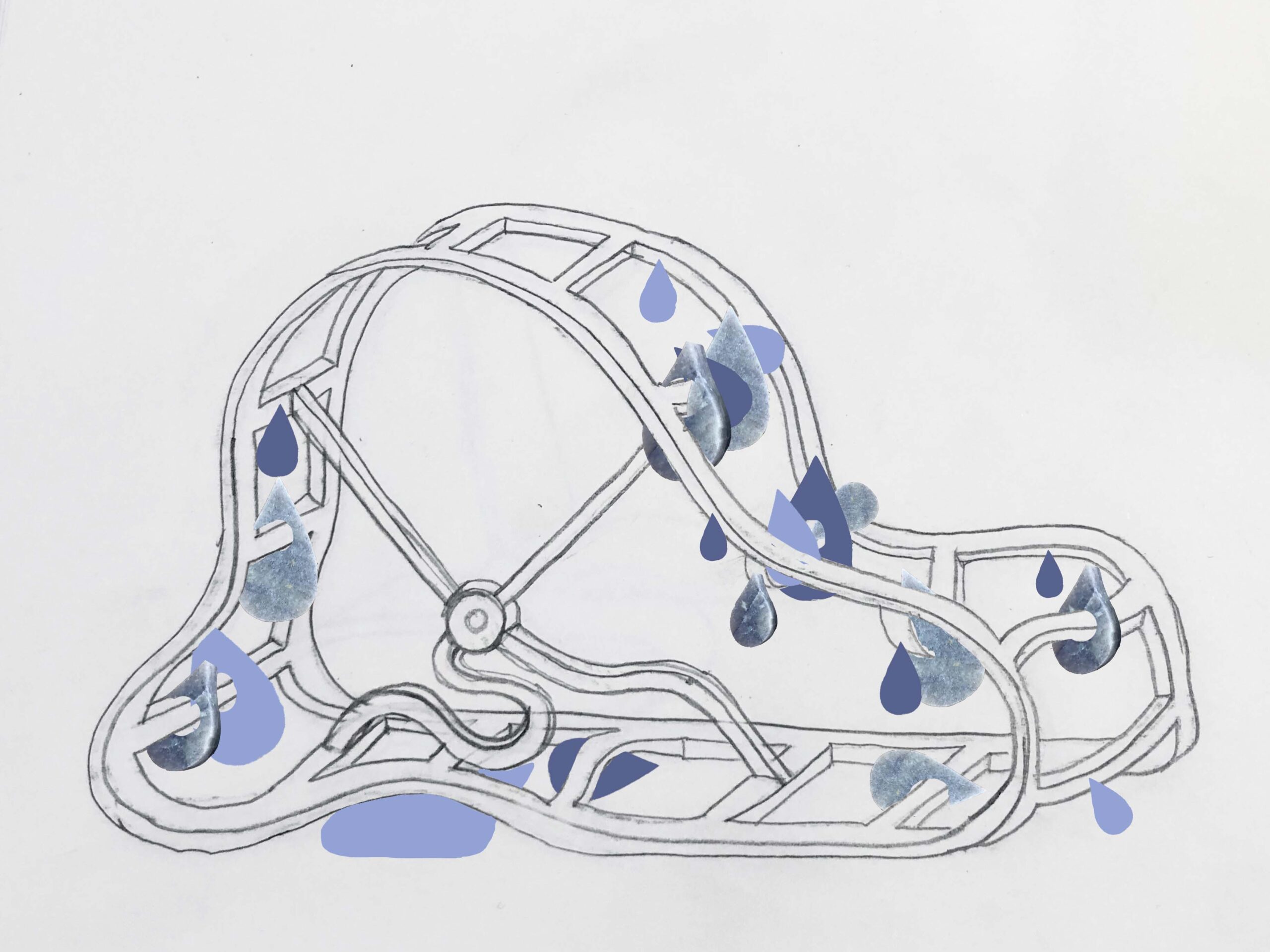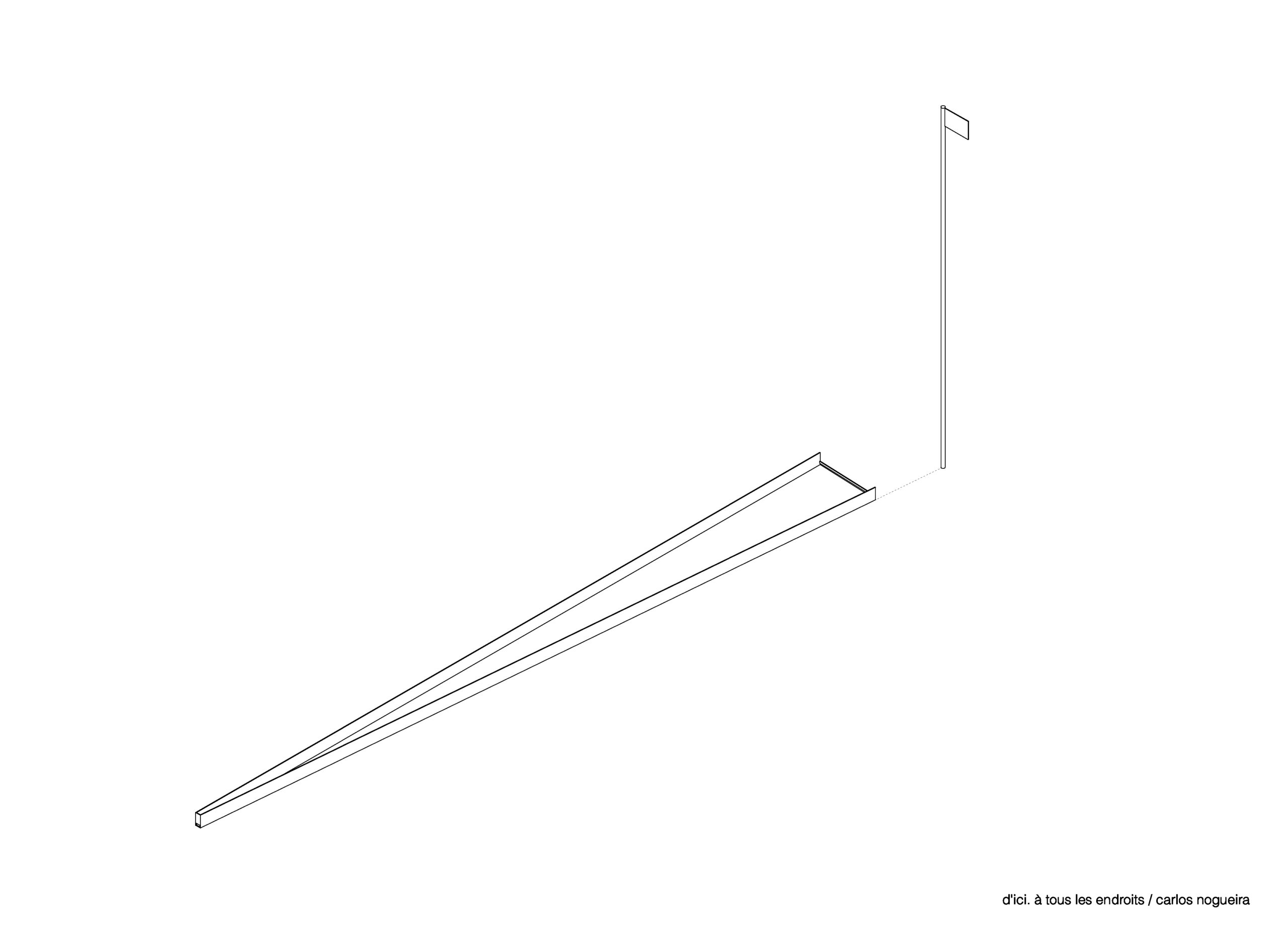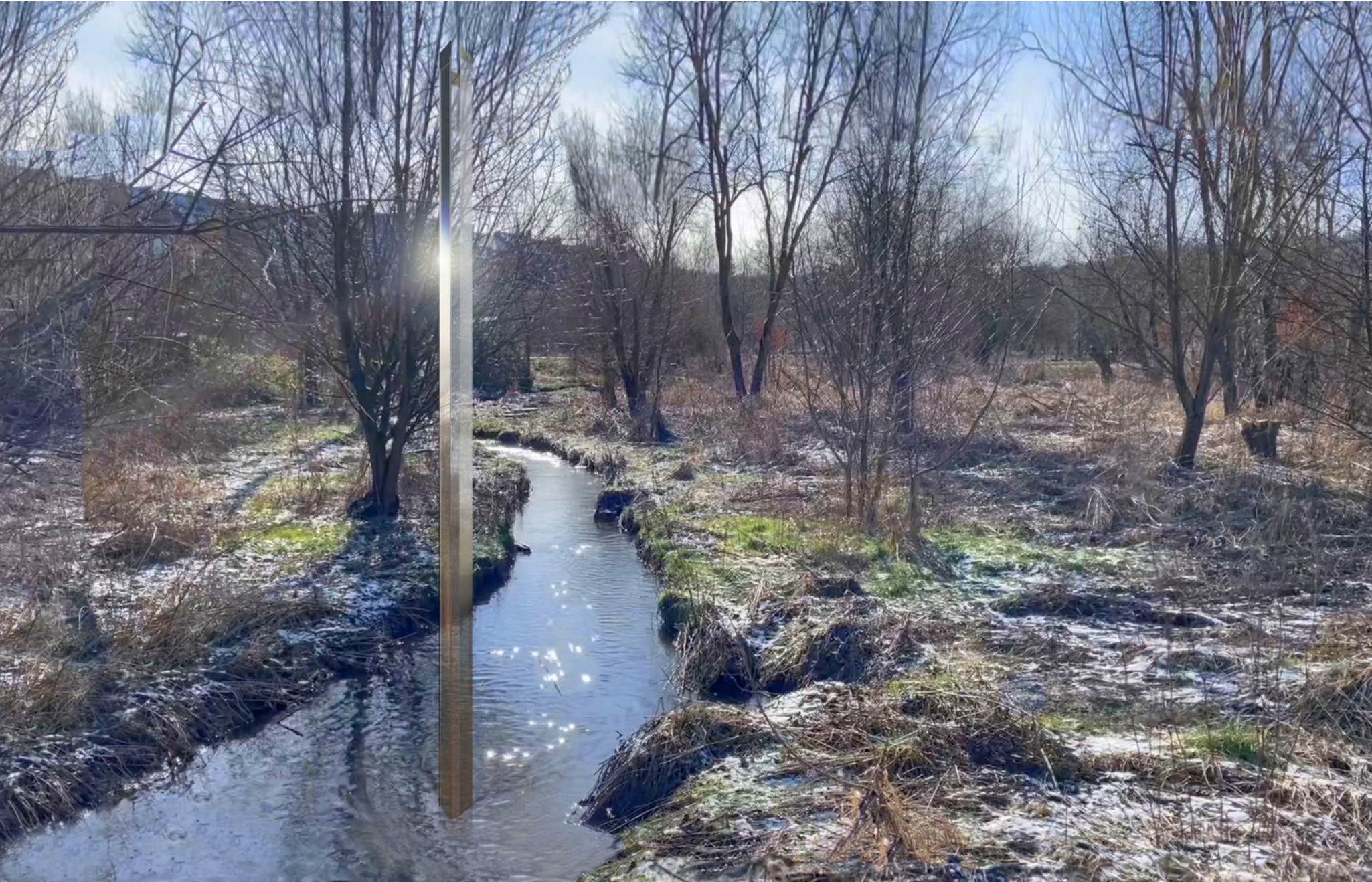
Les oeuvres
-
01
What happens when human exceptionalism and bounded individualism, those old saws of Western philosophy and political economics, become unthinkable in the best sciences, whether natural or social? Seriously unthinkable: not available to think with. Biological sciences have been especially potent in fermenting notions about all the mortal inhabitants of the Earth since the imperializing eighteenth century. Homo sapiens — the Human as species, the Anthropos as the human species, Modern Man — was a chief product of these knowledge practices. What happens when the best biologies of the twenty-first century cannot do their job with bounded individuals plus contexts, when organisms plus environments, or genes plus whatever they need, no longer sustain the overflowing richness of biological knowledges, if they ever did? What happens when organisms plus environments can hardly be remembered for the same reasons that even Western-indebted people can no longer figure themselves as individuals and societies of individuals in human-only histories? Surely such a transformative time on Earth must not be named the Anthropocene!
-
02
In response to the site, and the conceptual provocation of Heraclites idea that “everything flows”, I have been thinking about geological, architectural, and anatomical cycles of matter – how the lifecycle of the material on the planet is one of continual movement and how this challenges the conception of a containment. I have been learning about the Chiers river (its contents, re-emergence, drainage, cycles, inhabitants and incorporation through the systems of the city) and thinking of these passages of water as a body or a form of gut or digestive system.
-
03
comme j’ai déjà dit une fois
je m’intéresse à la lumière, à la géométrie du temps, à l’irréversibilité
de la pensée
je travaille sur la métrique et l’élémental d’un patrimoine existant,
naturel ou construit,
qui peut être une ligne d’eau, une muraille en démolition,
ou bien le vent
avec tout l’espace qu’ils caractérisent ou qui les contient
en tant que médiateur j’interviens et je donne à voir
un angle qui s’ajuste
un mont qui s’inonde
la ville
et ainsi de suite
d’ici. à tous les endroits
-
04
« Pour des raisons indépendantes de la volonté de Paideia et de l’artiste, cette oeuvre n’est malheureusement pas arrivée sur le site »
Nature, far from being a stable entity, is modified by each science and cultural breakthrough. This impermanency ultimately challenges our understanding of ourselves: From considering us at the center of the world, detached from that res-extensa that served as source of resources and backdrop of our evolving lives, to the present paradigm, where we have been thrown in a whirl of anthropogenic ecological crisis, our position in the cosmos has radically shifted decade after decade.
There’s many other ways of understanding our relation with nature and our position in the world: Amerindian indigenous cosmologies for example consider that humanity – and not nature – is the shared condition of everything: for them a tree is a human being with another shape, so it is a panther or a river or the rain… and since everything is human, everything can be a subject and has its own agency. Such conception transforms the world in a cosmopolitical arena, where “we” gains a radically different meaning.





